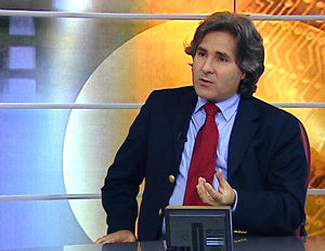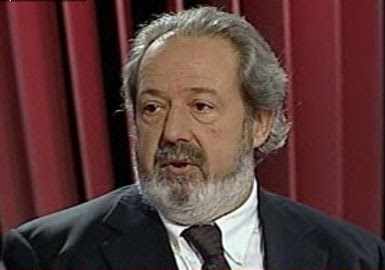Wine tasting
October 11, 2009
There are two basic approaches to tasting wine.
Anne Noble, emeritus Oenology professor from the University of California, is credited with the contribution of the `aroma wheel`, in 1990.
She patented a consensual terminology to define the scents identifiable in a wine. Texture and `mouth feel` were not included in the pie chart.
The wheel brakes down wine aromas into 12 categories, which in turn break down even deeper into several sub categories.
Chemical – Includes aromas like sulfur and petroleum
Pungent – Aromas like alcohol
Oxidized – Aromas like acetaldehyde
Microbiological – Aromas like yeast and lactic acid
Floral – Aromas like Pelargonium geraniums and linalool
Spicy – Aromas like licorice and anise
Fruity – Aromas like blackcurrant and apricot
Vegetative – Aromas like eucalyptus and artichoke
Nutty – Aromas like walnut and hazelnut
Caramelized – Aromas like butterscotch and molasses
Woody – Aromas often imparted by oak like vanilla and coffee
Earthy – Aromas such as mushroom and mildew
Up untill Noble, several wine glossaries would compete in equal terms to introduce the uninitiated into the lingua franca of the vino.
To me, the fun thing about wine, and that what actually differentiates wine from beer (which I drink much more casually and not to mention way more often), is the whole process of de-constructing the clues.
I cant go deeper than the first or the first two scents in my glass. I mean the ones on the surface. But Thats the beauty of wine! Its sampling is in fact available to all! Regardless of expertise, sensibility… on any social occasion, drinking wine, people are prone (even expected), at one point or the other, to comment on the wine they hold in their hands. A food dish is different, there s never a big surprise. For food the eyes almost always screen and the brain breakes the code before the actual tasting, even the best disguised design dish.
True, that in wine there are hints too: color, smell, the label, but those often work more like a trap, at least to the non-expert. Actually those relate more to the second approach to wine tasting (that i mention at the beginning)
So, in other words, wine tasting, comes down to a conversation topic with great potential. We talk about ou ability to code braking. I think the juvenile equivalent is to join a bunch of children with building blocks.
Taste is a quint essential human sense. And tanins and grapes are as old as civilization. Maybe the correlation between the significance of survival through the senses, symbolized on the grapes, as represented in major part of classic literature, the wine comes out as a synthesis between the devine and the profane.
Because wine is a celebration of the evolution of our senses through the taste buds, Its important that such experience had been made simpler to translate better, more often and by more people. Therefore my sincere recognition to Dr. Anne Noble!
A bit more complex is the second way of categorizing wine. This one outside the scope of the `aroma wheel`. Its not as intuitive as the first. While possibly also accessible to the uninitiated (I’m out for sure), this second approach to wine is less objective and surely poses a bigger challenge to terminology benchmarking.
While probably the aroma tasting is more linked to chemistry, this second part is probably more biology oriented.
Where wine (a liquid) can be labeled as `dry`, tactile reporting from the inner mouththis regards what Clinton MacSherry called
This part of the wine sampling is more technical and often left to the experts in the labs (its about what the mouth feels and not what it tastes).
An example of what is addressed in this area is Acidity, sensed mostly in the front part of the mouth, tip and sides of the tongue, and Tannins that act on the back of the cheeks, gum and front of the throat, with a dry quality like a heavily steeped tea
The balance between acidity and tannins relative to flavor components determines its degree of astringency. The ideal is the perfect equilibrium, the combination is often said to give wine its backbone.

 Generacion Y
Generacion Y Futuro Presente
Futuro Presente Hitchens- political opinion maker
Hitchens- political opinion maker Jose Pacheco Pereira
Jose Pacheco Pereira Dinesh D'Souza Christianity and Politics
Dinesh D'Souza Christianity and Politics




























